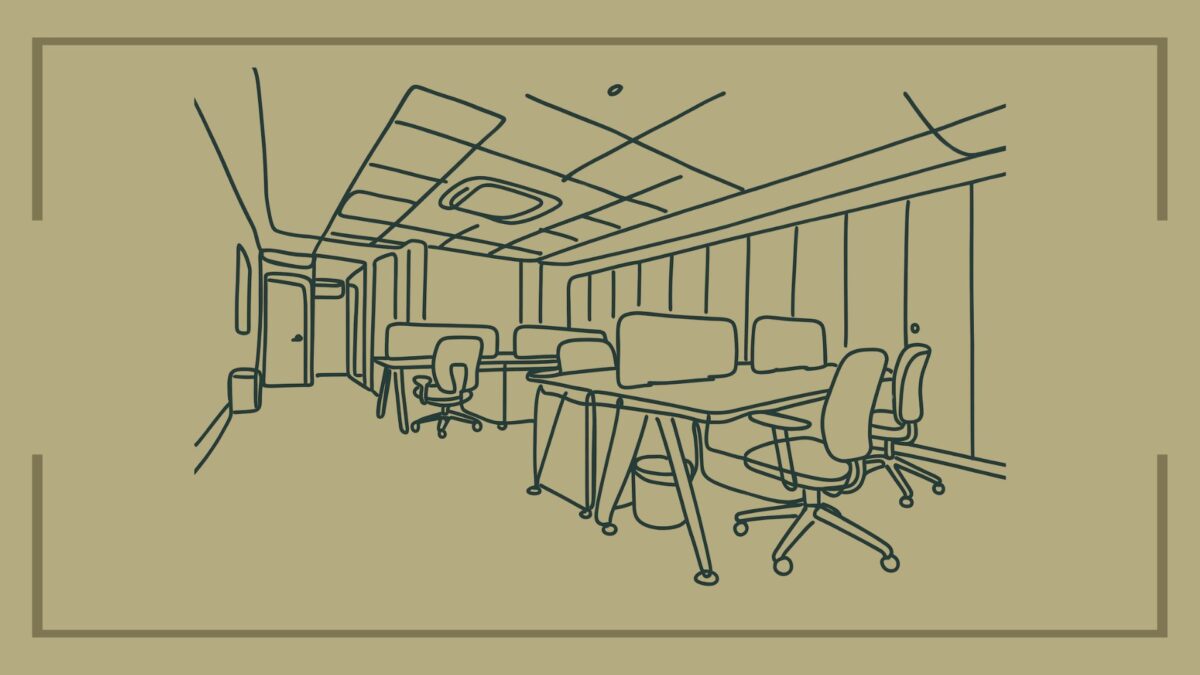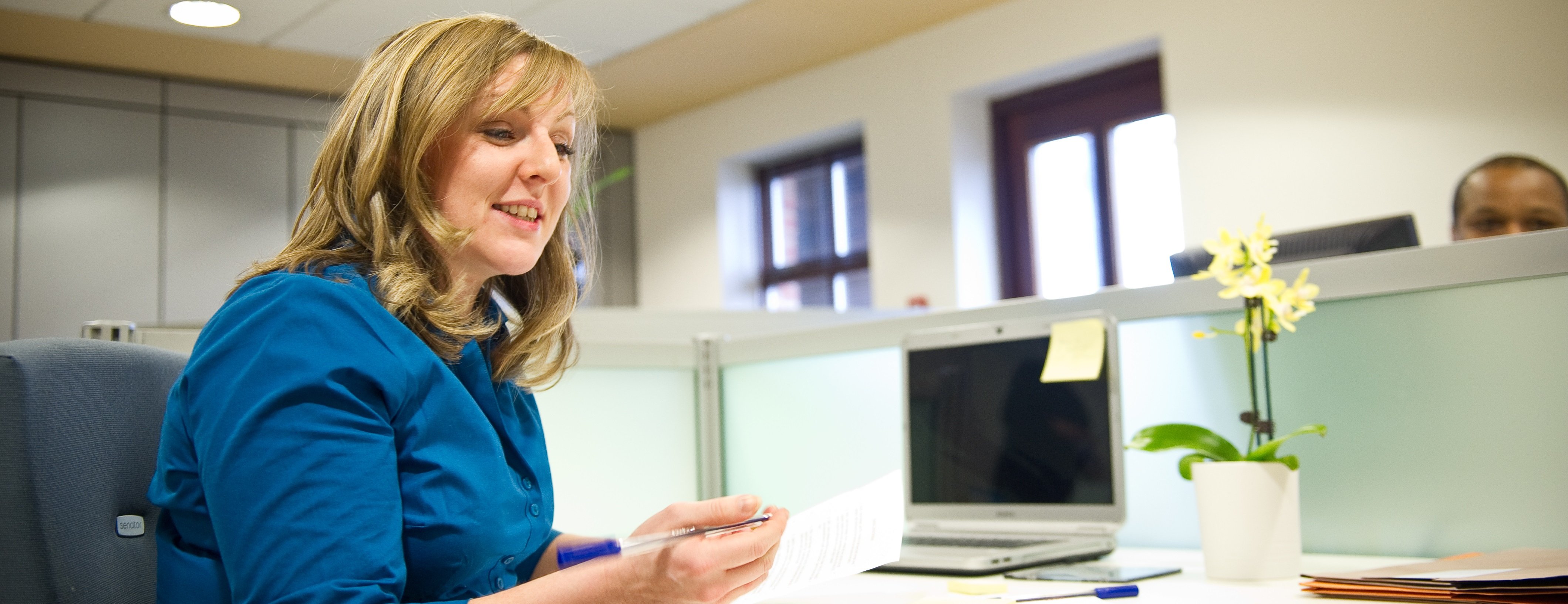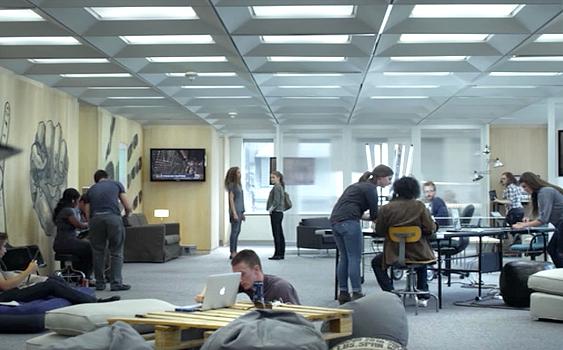How your office can help you hire the best talent
How your office can help you hire the best talent.
For the ‘good’ days to be significantly more prevalent than the ‘bad’, hiring talented staff needs to be a priority. Starting up and running your own business doesn’t always run smoothly. There will be ups and there will also be downs. From not getting paid invoices on time to suppliers letting you down, business owners and managers are often subjected to a rocky ride.
Advertising a job and spending hours sifting through CVs to find candidates whose skill sets are most closely matched to the role is the most tried and tested way to dig out talented and experienced potential employees. The CV stage is typically followed by an interview. After the interviews, it will be up to your discretion to make a decision on who fits the role most competently and which candidate will bring the most to your business.
Nobody said hiring people was an easy job. On the contrary, employing the right staff can be one of the most challenging components of running a business.
The attributes of an office are one lesser-known method to help business owners and managers hunt down the most talented individuals in their trade. An office? You may cry in disbelief. Yes, an office, and here’s why.
Remote offices
Much has been written about how remote working and virtual offices can save both employers and employees time and make a working day more productive. One lesser acknowledged advantage of remote working is that it gives employers a shot at getting the best talent, not just locally or even nationally, but in the world.
The power of a remote workspace can be a huge advantage to employers. Having the whole world at your fingertips in your quest to find the best talent can give you the edge on competitors who don’t employ anyone working from virtual offices and are therefore confined to local, or at the very best, national candidates.
A global workforce
Determined to get others to believe, or to even get themselves to believe, they are a “global business” without geographical constraints, some companies talk about having a “global workforce.” In reality, this “global workforce” many companies talk about stems from the fact that they have offices in multiple cities. This isn’t global, it’s just utilising the talent from a handful of local markets around the world.
To showcase your company as having a “global workforce”, recruit talent globally, and embrace virtual office working.
Stylish and state-of-the-art office space
Just because you’re making the shrewd move of jumping on the remote working bandwagon should not give you a green light to neglect your actual office space. After all, the most talented of workers in your trade might be living down the road with no intention whatsoever of working remotely.
Unless you are a 100% virtual office organisation, one of the best positions to be in is to have a stylish office space that’s tailored for your business’s requirements and specifications and embrace a virtual, cloud-based working set-up.
Interviews are a two-way process. Once you have invited a candidate to come and visit your workplace for a formal chat about the role, it allows them to get a feel for your company, its people and environment. Of course, it also allows you to gauge an understanding of the candidate. A quality, well-furnished office will irrefutably create a good impression. Put simply, nobody would be impressed if they turned up at a hotel where the paint was flaking off the walls, the toilets weren’t working properly, and the chairs were uncomfortable and rickety. The same can be said about an office.
Whatever trade you are in, there are likely to be times when talking face-to-face with potential employees is unavoidable. This is when having a stylish, welcoming office space, which is conveniently located from multiple locations, will give you the upper hand in recruiting the best talent.
If you are starting or running a business and are keen to hire the best talent, Carrwood Business Park can provide you with both virtual and real office spaces to collaborate, communicate and grow.
What are your thoughts on hiring the best talent? Does a virtual office put you in a better position? Or a stylish ‘bricks and mortar’ office space that clients, colleagues and candidates will be equally as impressed with? We’d love to hear your thoughts.













